Q: What are the characteristics of osteopikilosis?
show answer
A: Osteopoikilosis, also known as Albergs-Schonberg disease, osteopathia condensans dessiminata, or spotted bone disease, is a rare benign bony dysplasia characterized by multiple benign enostoses. It is an inherited condition incidentally found on x-rays and CT studies. Its characteristics are sclerotic bone lesions, most commonly involving the hands, feet, pelvis, and long bones' ends. The symmetric distribution, lack of bone destruction, and location differentiate osteopoikilosis from metastatic disease. Its importance is predominantly to recognize this condition so that it is not mistaken for pathology.
Q: How is osteopoikilosis inherited?
show answer
A: Osteopikilosis is an autosomal dominant disorder, which develops during childhood and is present in all age groups. There is no gender predilection.
Q: How are the clinical manifestations of osteopoikilosis?
show answer
A: Osteopikilosis is asymptomatic at initial presentation and does not degenerate into malignancy. Bone strength is normal. It never produces physical deformity. Pain and effusion in the affected joints are rare, presumably an incidental finding, not yet understood if these symptoms are secondary to osteopikilosis or prior injury. Early recognition is essential to prevent unnecessary emotional distress. No routine follow-up or studies are necessary. Its importance is predominantly to recognize this condition so that it is not mistaken for pathology. Osteopoikilosis is a skeletal “don’t touch lesions.”
Q: What are the pathological characteristics of osteopoikilosis?
show answer
A: Histological features in osteopoikilosis are the same as bone islands (enostoses), which corresponds to focal condensation of dense trabeculae of spongy bone complete with Haversian canals located within the spongiosa, often just deep to the cortex. Genetic evidence suggests that this condition is related to an inactivating mutation of the LEMD3 gene. Other sclerosing bone diseases are associated with LEMD3 mutation, representing a spectrum of the same entity termed mixed sclerosing bone dysplasia.
Q: Which are the entities associated with osteopoikilosis?
show answer
A: There is a frequent association of osteopoikilosis with superficial skin lesions, which are connective tissue nevi (dermatofibrosis lenticularis disseminate), which is known as Buschke-Ollendorff syndrome. Other entities associated with osteopoikilosis are mixed sclerosing bone dysplasia, synovial osteochondromatosis, spinal stenosis, cleft palate, syndactyly, dwarfism, dystocia, dacryocystitis, scleroderma-like lesions, discoid lupus erythematosus, and the tendency of keloid formation.
Q: How are the radiographs and the CT features of osteopoikilosis?
show answer
A: The radiographic and CT features of osteopoikilosis characterize by oval or round sclerotic bone lesions symmetrically distributed throughout the appendicular skeleton, most commonly clustered in periarticular regions of long bones, and also hands, feet, scapula, and pelvis. They occur in cancellous bone in the epiphyses/metaphyses and rarely extend to the midshaft. The axial skeleton is largely spared. It is rare for the skull, mandible, vertebras, and ribs to be involved. The lesions vary in size, from 1-2 mm up to 1-2 cm. They do not change in appearance after growth ceases.
Q: How are the MRI features of osteopikilosis?
show answer
A: On MRI, osteopoikilosis are similar to individual bone islands. Each lesion is small and dark on both T1 and T2-weighted images, as it is composed of mature, dense bone.
Q: How are the skeletal scintigraphy bone features of osteopoikilosis?
show answer
A: In osteopoikilosis, a bone scan usually does not demonstrate any increase in the radiotracer's uptake. Occasionally, it may reveal slightly increased activity similar to the bone island or the enostosis that reflects active osseous remodeling. Skeletal scintigraphy may be useful if metastatic disease is in the differential.
Q: How is the treatment of osteopoikilosis?
show answer
A: Osteopoikilosis is asymptomatic, and usually, no treatment is necessary. Rarely, osteopoikilosis management is limited to pain control, with non-steroidal anti-inflammatory drugs (NSAIDs) or analgesics.
Q: Which are the differential diagnosis of osteopoikilosis?
show answer
A: -Incidental bone island (enostoses), -sclerosing bone dysplasia, -Melorheostosis, -osteopathia striata, -tuberous sclerosis, - mastocytosis, -sclerotic metastases, -Erdheim-Chester disease.
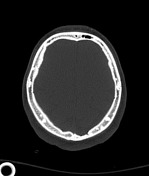

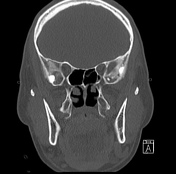

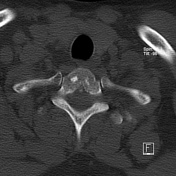

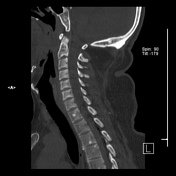

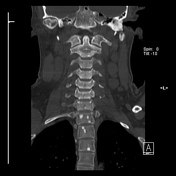







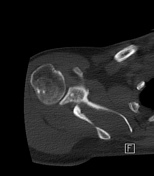

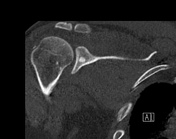

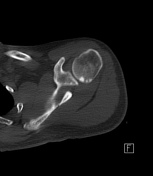

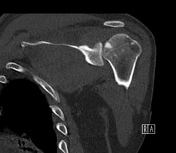

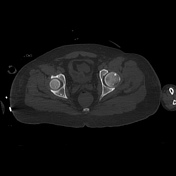

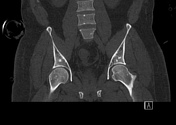

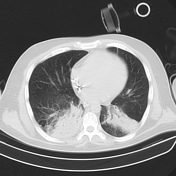

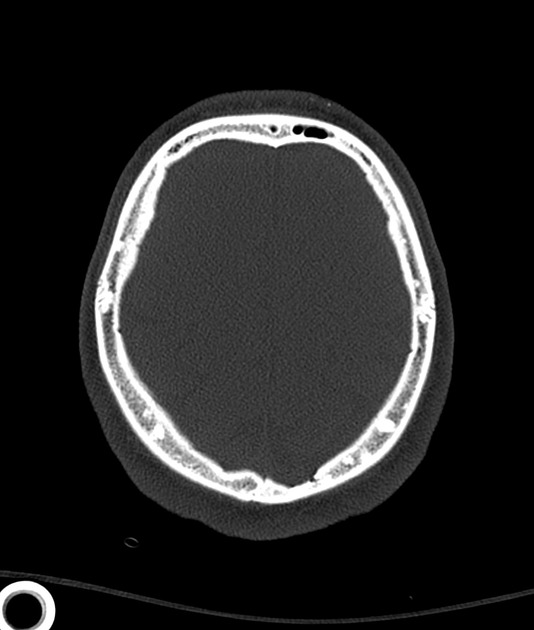




 Unable to process the form. Check for errors and try again.
Unable to process the form. Check for errors and try again.